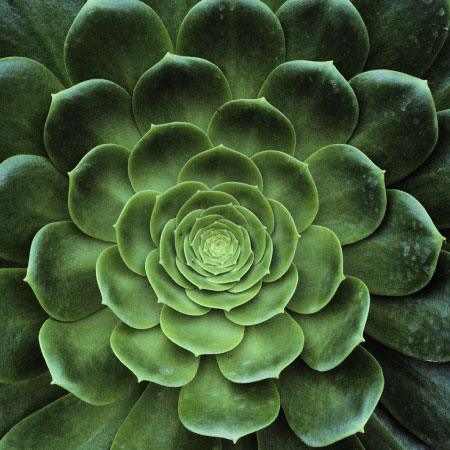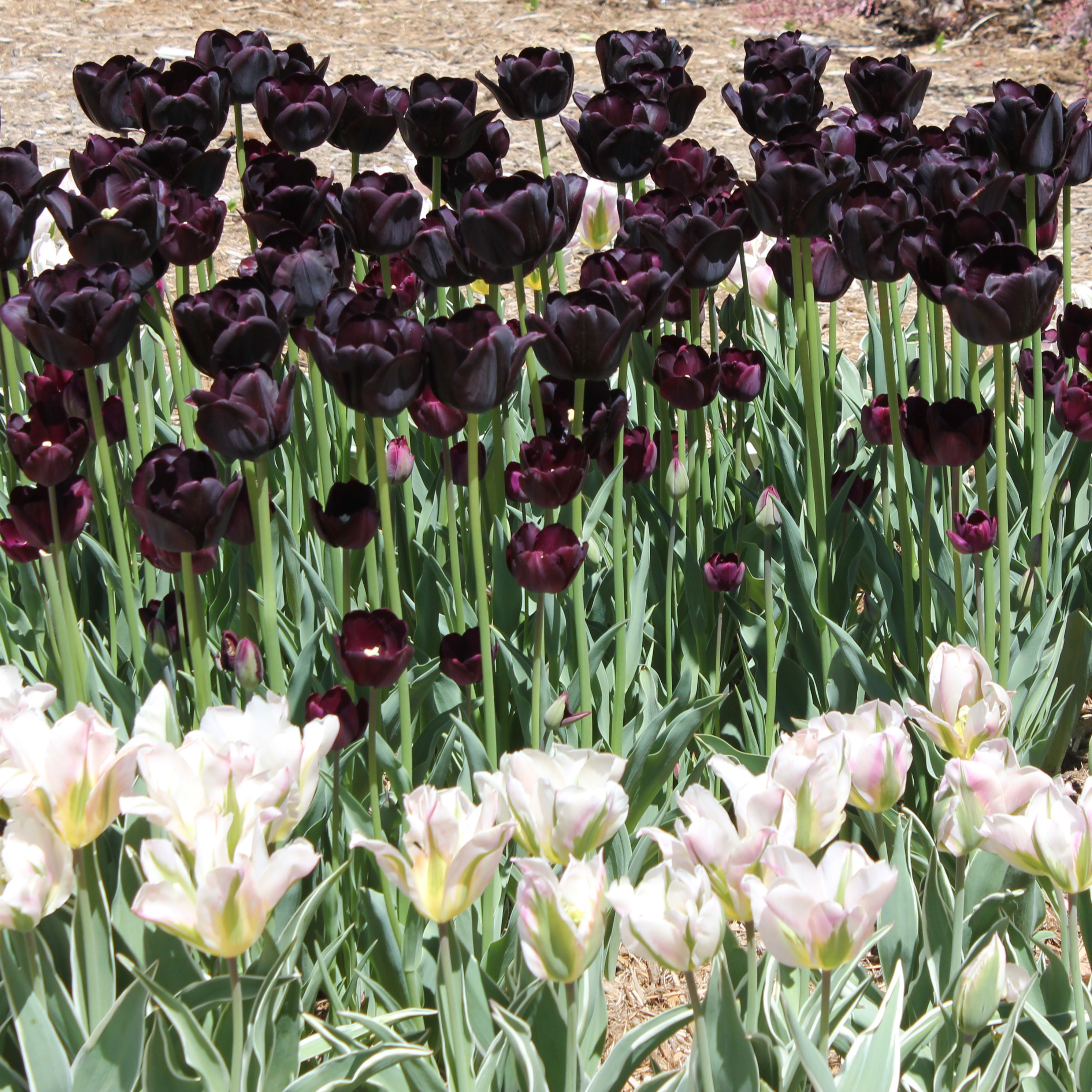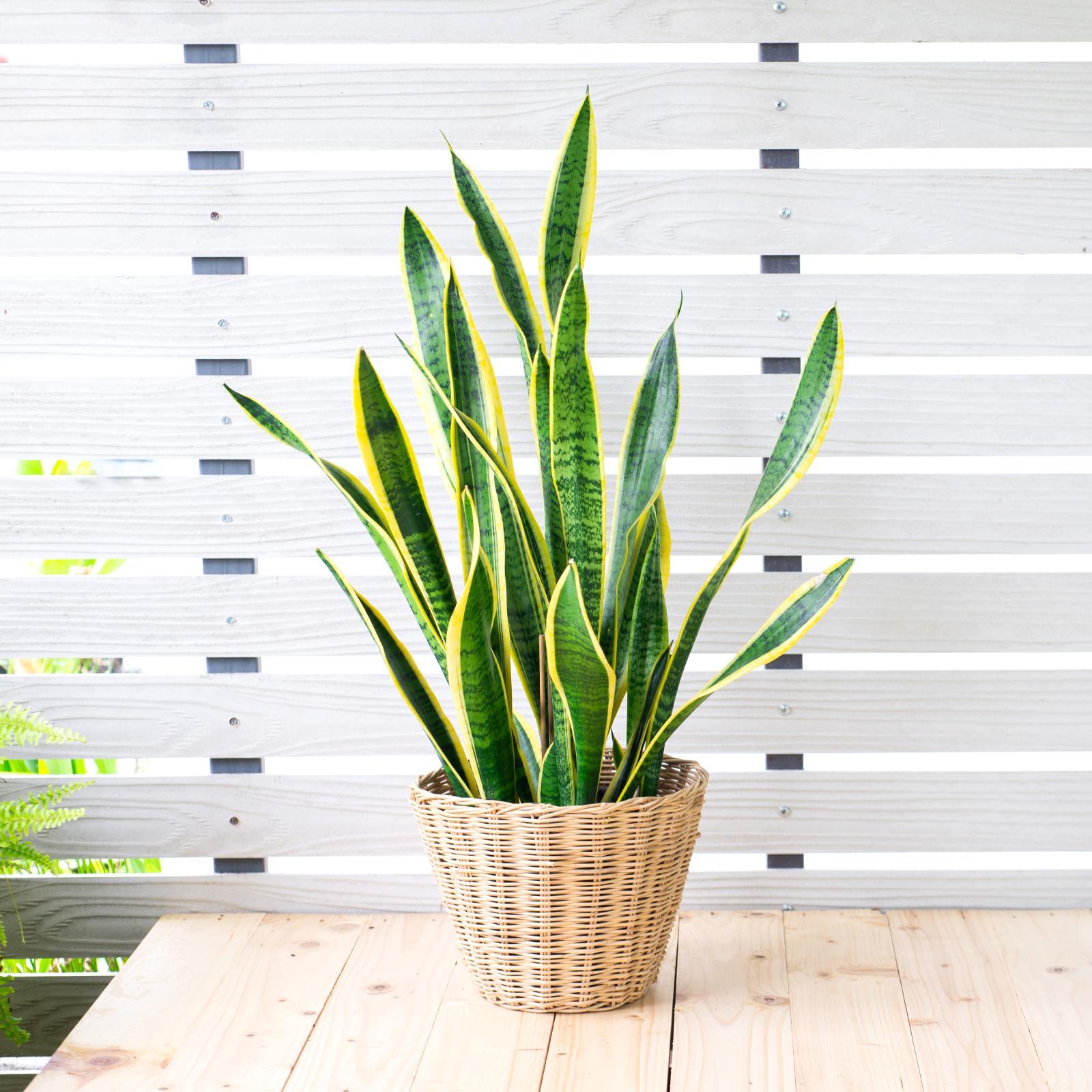Growing Mirabelle De Nancy Plums In The Landscape


Mirabelle de Nancy plum trees originated in France, where they are beloved for their intensely sweet flavor and firm, juicy texture. Mirabelle de Nancy plums are delicious eaten fresh, but they are also at the top of the list for jams, jellies, tarts, and nearly every sweet treat under the sun. This robust plum tree is easy to grow and tends to be relatively frost-resistant. Read on to learn more about how to grow Mirabelle de Nancy plum trees.
How to Grow Mirabelle de Nancy Plums
Mirabelle de Nancy plum trees are partially self-fertile, but you’ll enjoy a larger harvest and better quality fruit if a pollinator is located nearby. Good pollinators include Avalon, Denniston’s Superb, Opal, Merriweather, Victoria and many others. Be sure your plum tree receives at least six to eight hours of sunlight per day. Plum trees are adaptable to a range of conditions, but they shouldn’t be planted in poorly drained soil or heavy clay. Good Mirabelle de Nancy tree care will include the improvement of poor soil by adding a generous amount of compost, shredded leaves, dry grass clippings or other organic material at planting time. If your soil is nutrient-rich, no fertilizer is needed until the tree begins bearing fruit, usually about two to four years. At that point, feed Mirabelle de Nancy in early spring and again in midsummer, using a balanced fertilizer with an NPK ratio such as 10-10-10. Never fertilize plum trees after July 1. Prune plum trees as needed in early spring or mid-summer. Remove water sprouts as they pop up throughout the season. Thin Mirabelle de Nancy trees when the fruit is about the size of a penny, allowing at least 5 inches (13 cm.) between each plum. Thinning will improve fruit quality and prevent limbs from breaking due to excessive weight. Water plum trees weekly during the first or second growing seasons. Thereafter, give the tree a good soaking every seven to 10 days during extended dry periods. Beware of overwatering, as poorly drained soil or waterlogged conditions can cause root rot and other moisture-related diseases. Slightly dry soil is always better than too wet.
Gardening tips, videos, info and more delivered right to your inbox!
Sign up for the Gardening Know How newsletter today and receive a free copy of our e-book "How to Grow Delicious Tomatoes".

A Credentialed Garden Writer, Mary H. Dyer was with Gardening Know How in the very beginning, publishing articles as early as 2007.
-
 Moody Blooms For Spring: 8 Types Of Black Flowers To Add Drama To Spring Displays
Moody Blooms For Spring: 8 Types Of Black Flowers To Add Drama To Spring DisplaysFrom midnight burgundies to inky violets, several types of black flowers can enrich and embolden a spring display. Try these brooding bloomers for a moody garden
By Tonya Barnett
-
 Can Snake Plants Live Outside? Everything You Need To Know For Snake Plants Al Fresco
Can Snake Plants Live Outside? Everything You Need To Know For Snake Plants Al FrescoSnake plants can live outside given the right conditions, but be careful that they don't take over! Learn the best way to use snake plants in your landscape.
By Mary Ellen Ellis